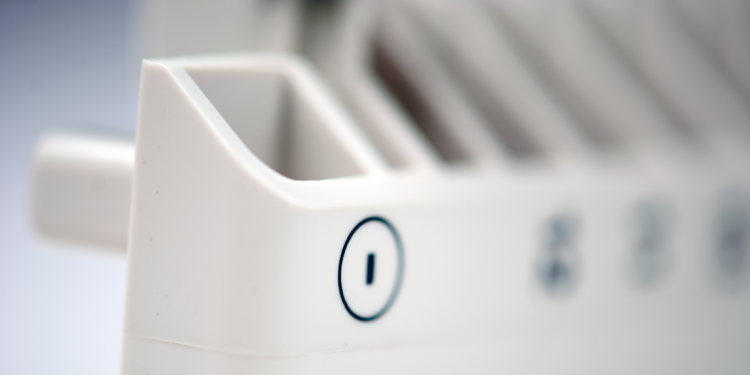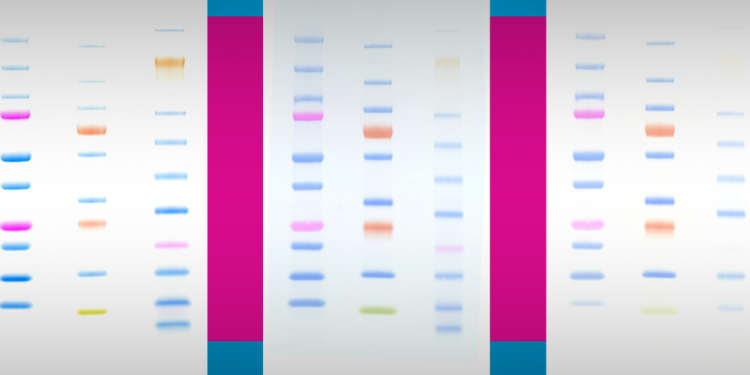
Brighter Precision Plus Protein™ Dual Color Standard — The Brightest Protein Marker Available
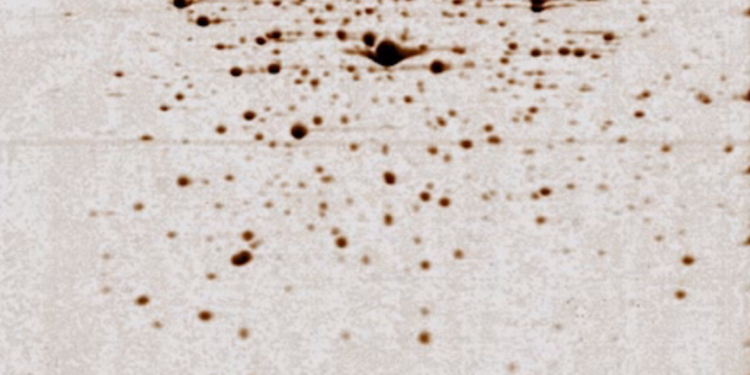
2-D Electrophoresis Tips & Tricks — Part I
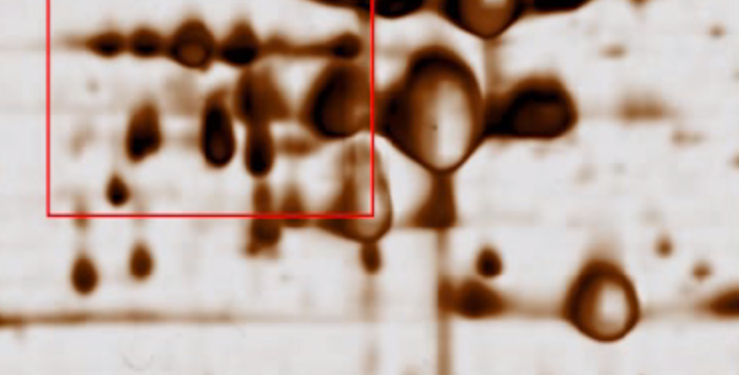
2-D Electrophoresis Tips & Tricks — Part II
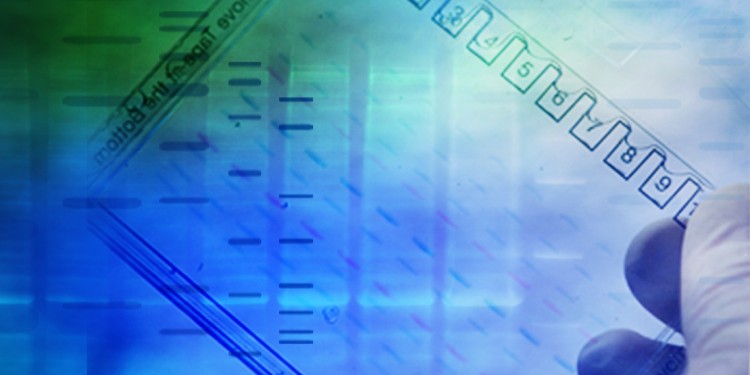
Revealing BRCA2 Pathways in Cancer with Bio-Rad’s V3 Western Workflow

Using Bio-Rad’s PDQuest Software to Generate a Match Rate between 2-D Electrophoresis and Western Blotting
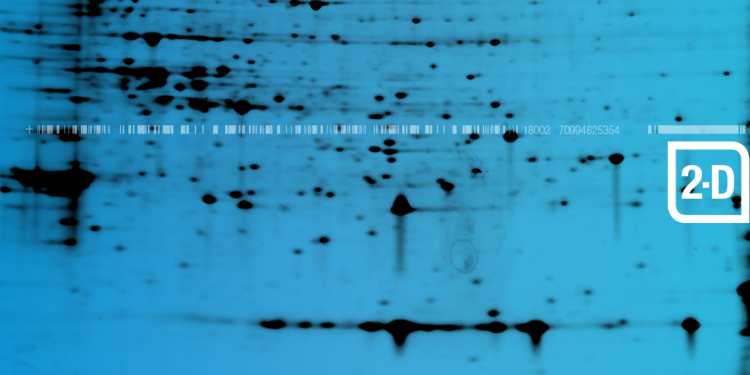
Bio-Rad’s 2-D Electrophoresis Workflow How-To Guide, Fourth Edition, is Now Available for Download
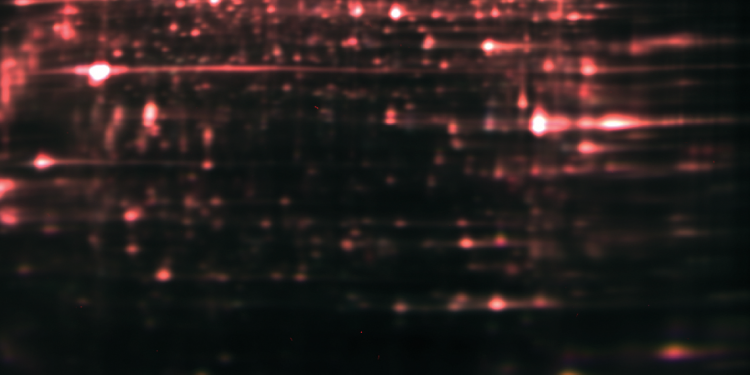
PDQuest™ Software: Bite-Sized Video Tutorials Make Learning 2-D Analysis Easy
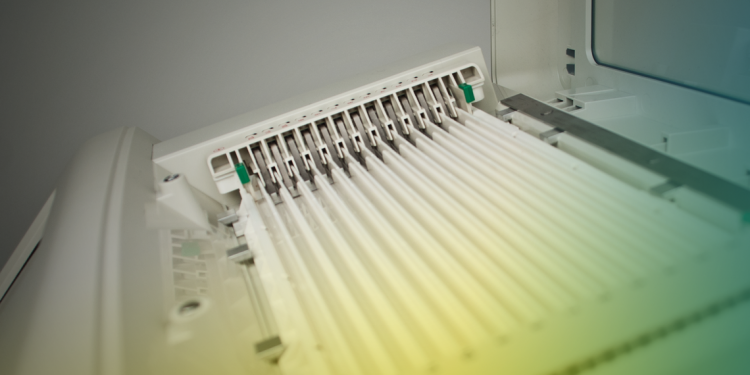
Using the new PROTEAN® i12™ IEF System to Achieve Highly Reproducible Data and Extended Separation Over Multiple pH Ranges in a Single Run
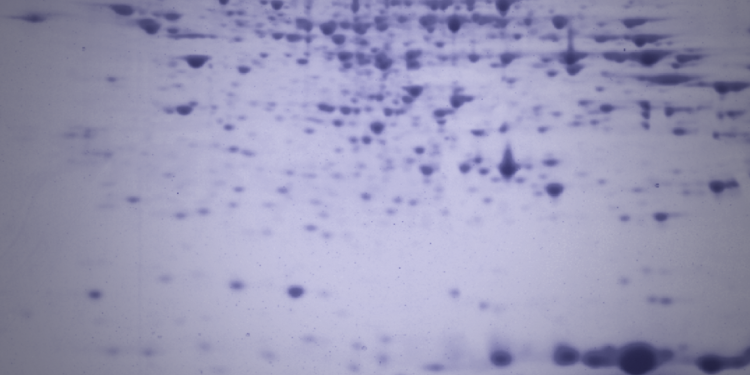
Use of the PROTEAN® i12™ IEF System for In-Gel Peptide Fractionation Prior to LC-MS and Comparison with Off-Gel Fractionation
